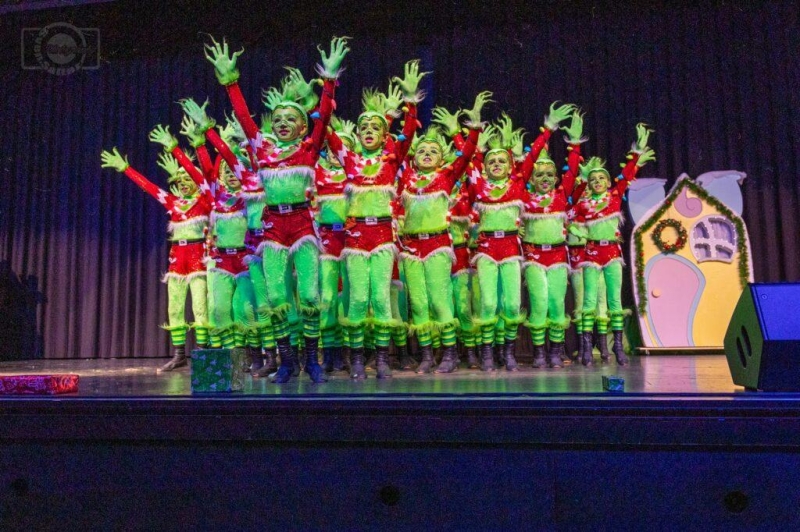
Steeped in a sea of culture, human society throbs to its unique rhythm. It twirls around traditions, pivots on principles, and occasionally stumbles over taboos. This intricate dance shapes not only how we engage with each other but also how we understand ourselves. This axis, around which society rotates, comprises norms that are adhered to and taboos that are shunned.
The Rhythm of Tradition
The beat of societal tradition is robust yet pliant. It constructs the foundation of societal norms, persisting through centuries, and serves as the waltz we practice with little to no thought. Traditional customs, from festive feasts to marriage rites, color our calendars and govern our ways of life in surprising ways. Traditions serve as the symbolic gestures, cryptic words, and respected rituals that tether us to our ancestors and our ethnicities.
However, this dance with tradition is not always graceful. For instance, Case Study: The Manjha Kite Festival reveals the darker side of these cherished practices. In particular, this Indian Festival often results in unintentional bird injuries due to the sharp kite strings used during celebrations. While the tradition remains close to the hearts of many, the associated harm to local bird populations has raised questions about its sustainability.
Taboos: The Stumbling Blocks
Concluding Notes on Society’s Dance
The dance of society, with its twirls of tradition and its stumbling on taboos, is a performance both intriguing and complex. It is a dance that asks all to participate, to diligently learn the steps, to uphold the rhythm of the traditions, and to respect warnings of the taboo. As society evolves, this dance too shall change. Yet, it remains an awe-inspiring depiction of human capacity: to celebrate, to conform, and most importantly, to tolerate.





